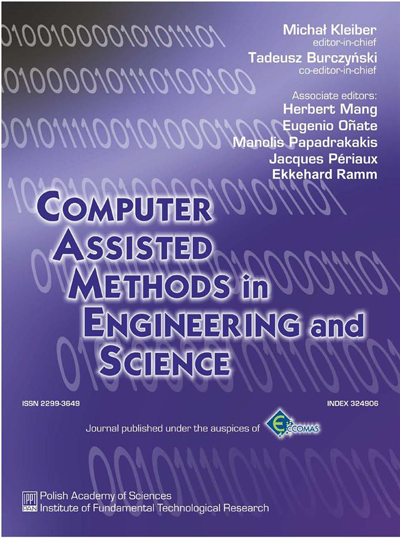Application and analysis of an adaptive wave-based technique based on a boundary error indicator for the sound radiation simulation of a combustion engine model
Abstract
In recent years, Trefftz methods have received increasing attention, as being alternatives of the already well-established element-based simulation methods (e.g., finite element and boundary element methods). The wave-based technique is based on the indirect Trefftz approach for the solution of steady-state, time-harmonic acoustic problems. The dynamic field variables are expanded in terms of wave functions, which satisfy the governing partial differential equation, but do not necessarily satisfy the imposed boundary conditions. Therefore, the approximation error of the method is exclusively caused by the error on the boundary, since there is no additional error present in the domain. The authors investigate the potentials of a novel boundary error indicator-controlled adaptive local refinement strategy. Practical, industrial-oriented application of the method is presented on the 3D free-field sound radiation model of a simplified combustion engine. Results and efficiency of the approach are compared to a priori, frequency-dependent global refinement strategies.




